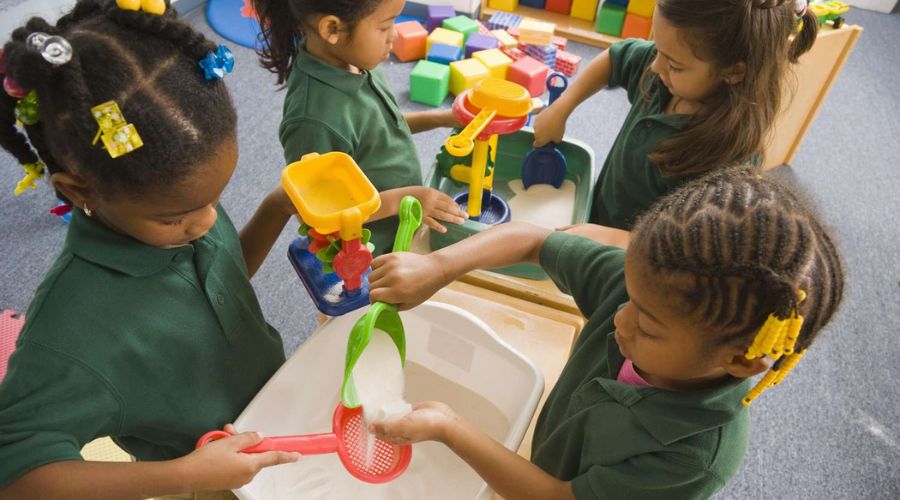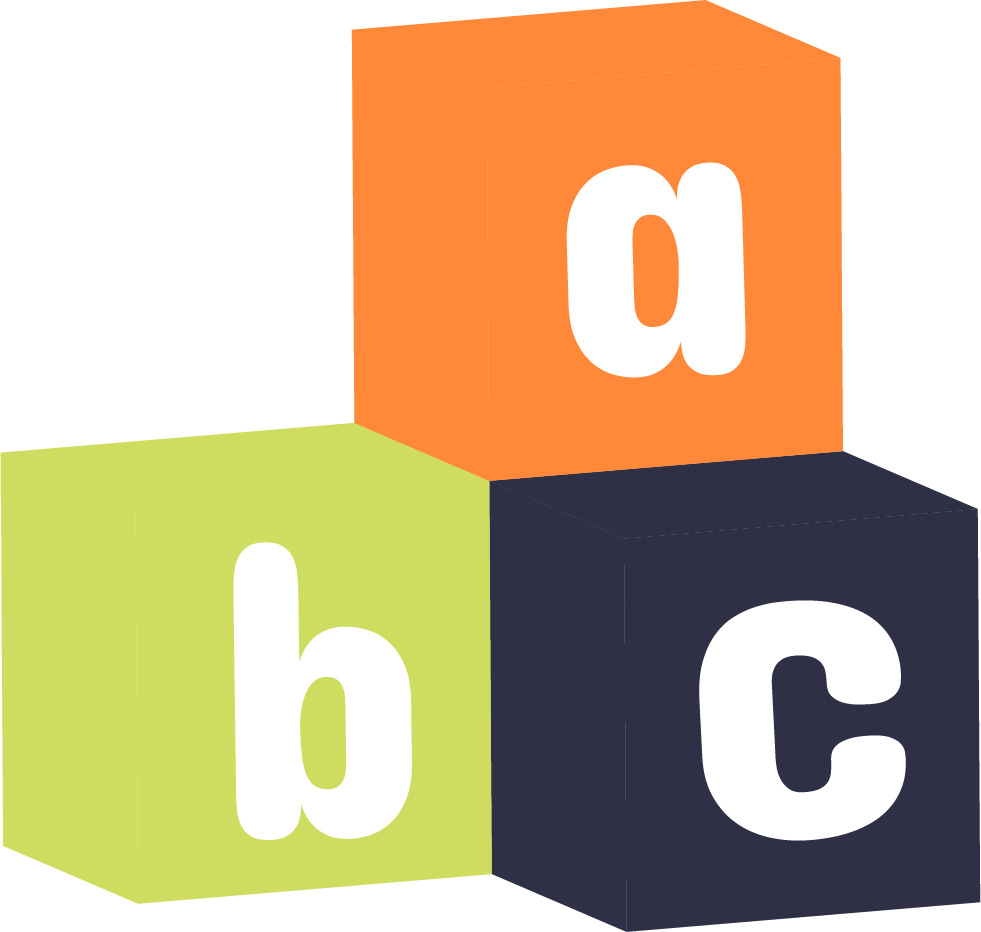Tactile learning aids for children with disabilities
Tactile disabilities in children present unique challenges that require special attention from both parents and teachers. This guide aims to provide a comprehensive understanding of tactile disabilities, emphasizing the importance of addressing tactile learning needs. By delving into the intricacies of tactile impairments, this guide aims to equip parents and teachers with valuable insights and practical strategies to support children facing these challenges.
Definition and Types of Tactile Disabilities
Visual Impairment
Visual impairment refers to conditions that affect the sense of sight, ranging from partial to total blindness. Individuals with visual impairment heavily rely on their remaining senses, particularly touch, to gather information about their environment. Tactile aids such as braille, tactile graphics, and adaptive technologies play a crucial role in facilitating learning for individuals with visual impairment.
Types of Visual Impairment
Low vision: Individuals with low vision have some degree of sight but may require magnification or other aids to access visual information.
Blindness: Those who are blind have little to no functional vision, relying extensively on tactile and auditory cues for navigation and learning.
>>> Unlocking Joy: The World of Assistive toys for kids with physical challenges

Sensory Processing Disorders
Sensory processing disorders (SPD) involve difficulties in organizing and interpreting sensory information from the environment. Tactile defensiveness, hypersensitivity, or hyposensitivity to touch are common manifestations in individuals with SPD. These challenges can impact their ability to engage in various activities and learn through tactile experiences.
Tactile Defensiveness: Some individuals may exhibit aversion or discomfort towards certain tactile stimuli, hindering their participation in tactile-rich learning experiences.
Hypersensitivity: Heightened sensitivity to touch can lead to overreactions or avoidance behaviors, affecting the individual’s engagement with tactile materials and activities.
Hyposensitivity: Conversely, diminished sensitivity may result in seeking excessive tactile stimulation, potentially impacting focus and attention during learning.
Motor Coordination Difficulties
Motor coordination difficulties, often associated with conditions like dyspraxia or developmental coordination disorder, affect the ability to plan and execute controlled movements. Tactile interactions, such as manipulating objects or writing, can be particularly challenging for individuals with motor coordination difficulties.
Challenges in Fine Motor Skills: Difficulties in tasks requiring precise hand movements, like writing or manipulating small objects, can impede the development of tactile skills.
Impaired Gross Motor Skills: Coordination challenges in larger movements may affect participation in activities that involve tactile exploration, hindering overall development.
Impact on Learning and Development
Cognitive Development
Sensorimotor Integration: Tactile input plays a crucial role in sensorimotor integration, contributing to the development of cognitive functions such as spatial awareness, object permanence, and concept formation.
Conceptualization and Abstraction: Tactile experiences provide concrete examples for abstract concepts, aiding individuals in forming mental representations and understanding more complex ideas.
Memory and Recall: Tactile stimuli can enhance memory and recall, as the multisensory nature of tactile learning reinforces neural connections and facilitates information retention.
Social and Emotional Development
Self-Concept and Body Awareness: Tactile experiences contribute to the development of self-concept and body awareness, as individuals learn about their own bodies and boundaries through touch.
Peer Interactions: Tactile difficulties may impact peer interactions, as individuals may struggle with activities involving touch, potentially leading to social isolation or difficulties in forming connections.
Emotional Regulation: Challenges in processing tactile information can influence emotional regulation, as individuals may experience frustration, anxiety, or discomfort in tactile-rich environments.
Academic Performance
Literacy Skills: Tactile aids, such as braille and tactile graphics, are essential for individuals with visual impairment, supporting the development of literacy skills.
Classroom Participation: Tactile challenges can affect an individual’s ability to participate in hands-on activities, group projects, or laboratory exercises, potentially impacting academic engagement.
Accommodations and Inclusive Practices: Implementing tactile accommodations, such as providing alternative formats or modifying assignments, can enhance inclusivity and support academic success for individuals with tactile disabilities.
>>> Accessible Toys for Children with Impairments: Enhancing Inclusivity in Play

Understanding and Meeting the Learning Needs
Children with tactile disabilities face unique challenges that impact their learning experiences. This article explores the learning needs of these children, focusing on sensory preferences and aversions, adapting learning environments, and the importance of multisensory learning approaches. Additionally, we will delve into tactile learning aids, discussing their overview, effective examples, and cost-effective DIY solutions.
Sensory Preferences and Aversions
Identifying Individual Preferences
Understanding a child’s sensory preferences is crucial for tailoring learning experiences. Some children may prefer specific textures or tactile stimuli, while others may have aversions to certain sensations. Observation and communication with the child and caregivers can provide valuable insights into individual preferences.
Recognizing Sensory Triggers
Identifying sensory triggers is equally important. Certain stimuli may evoke negative reactions or discomfort. Recognizing these triggers allows educators and caregivers to create a supportive environment that minimizes potential challenges.

Adapting Learning Environments
Creating a Sensory-Friendly Classroom
A sensory-friendly classroom involves thoughtful modifications that cater to the needs of children with tactile disabilities. Considerations include the layout of the classroom, lighting, and the choice of furniture. Providing designated sensory spaces where children can retreat if needed contributes to a supportive learning environment.
Home Modifications for Tactile Accessibility
Extending the principles of a sensory-friendly environment to the home is essential. Simple modifications, such as incorporating tactile-friendly furniture or creating a designated sensory corner, can significantly enhance a child’s comfort and engagement with their surroundings.

Integrating Multisensory Learning Approaches
Incorporating Tactile Materials in Lessons
Integrating tactile materials into lessons is a fundamental approach for children with tactile disabilities. For example, using textured materials during reading or incorporating tactile elements in math exercises enhances engagement and understanding.
Engaging Multiple Senses for Enhanced Learning
Multisensory learning involves stimulating more than one sense simultaneously. For children with tactile disabilities, combining tactile, auditory, and visual stimuli can reinforce learning. Incorporating activities that engage multiple senses fosters a holistic learning experience.
Tactile Learning Aids
Overview of Tactile Learning Aids
Tactile learning aids play a pivotal role in addressing the unique needs of children with tactile disabilities. These aids cater to various sensory preferences and provide avenues for meaningful learning experiences.
Examples of Effective Tactile Learning Aids
- Tactile Books and TexturesTactile books with various textures allow children to explore through touch. By incorporating different materials like fabric, sandpaper, or raised textures, these books create a multisensory reading experience.
- Adaptive Writing ToolsChildren with tactile disabilities may face challenges in fine motor skills. Adaptive writing tools, such as pens with grips or larger handles, facilitate comfortable writing experiences, promoting independence in academic tasks.
- Sensory Play MaterialsPlay is a crucial aspect of learning. Sensory play materials like kinetic sand, textured balls, or modeling clay provide opportunities for exploration and creativity while addressing tactile needs.
- Assistive TechnologyTechnological advancements have led to various assistive devices, including screen readers, braille displays, and educational apps designed to support tactile learners. Integrating these tools enhances accessibility in the digital learning landscape.
DIY Tactile Learning Aids
- Simple Materials for Homemade AidsEveryday materials such as rice, beans, or fabric scraps can be repurposed to create tactile learning aids. DIY projects, like sensory boards or textured cards, offer affordable solutions for hands-on learning.
- Cost-effective Solutions for Parents and TeachersRecognizing budget constraints, parents and teachers can leverage cost-effective solutions. Collaboration between educators and parents can lead to the creation of tactile learning aids using readily available, affordable materials.
Empowering Parents: A Comprehensive Guide to Supporting Children with Tactile Disabilities

